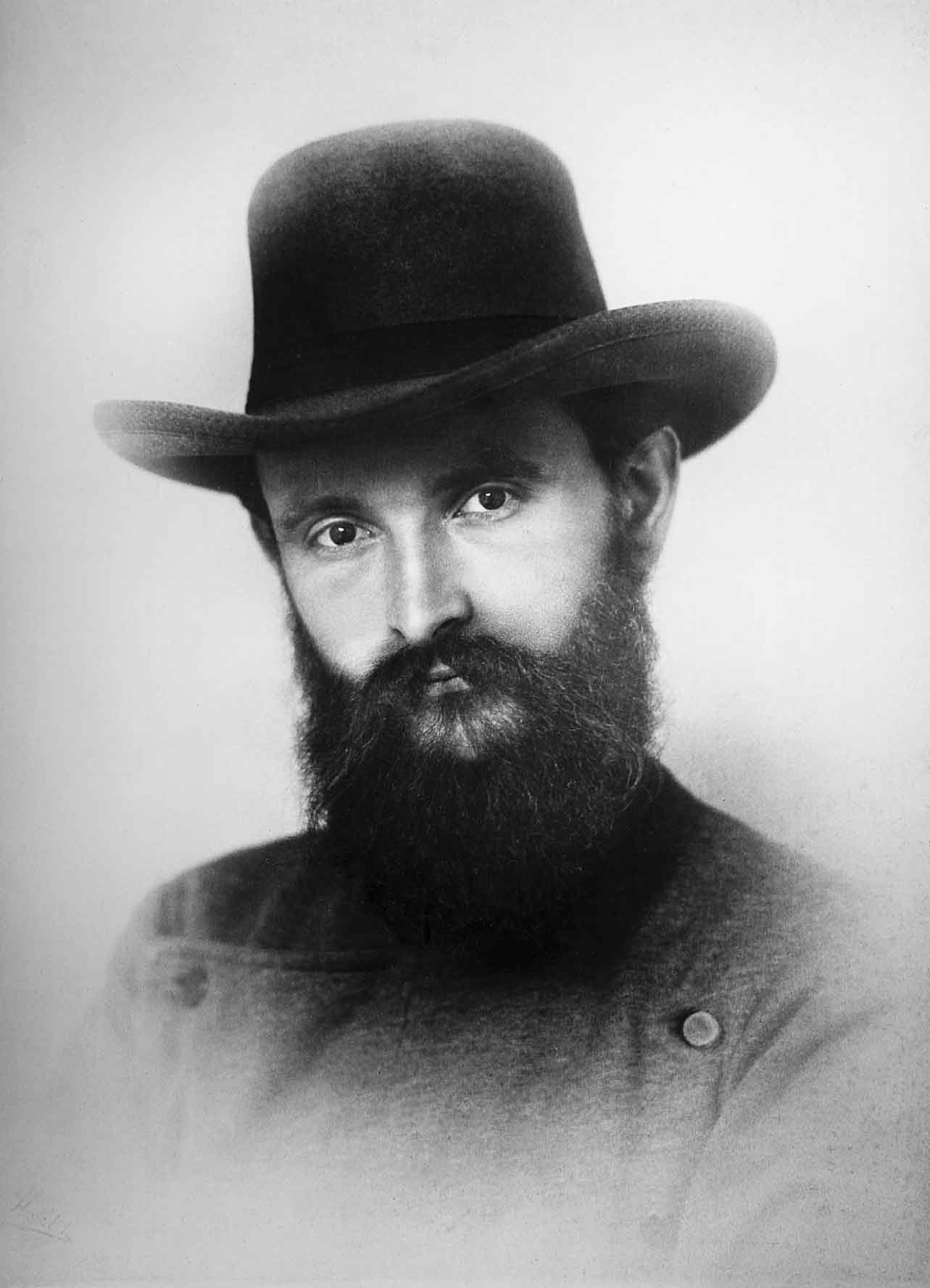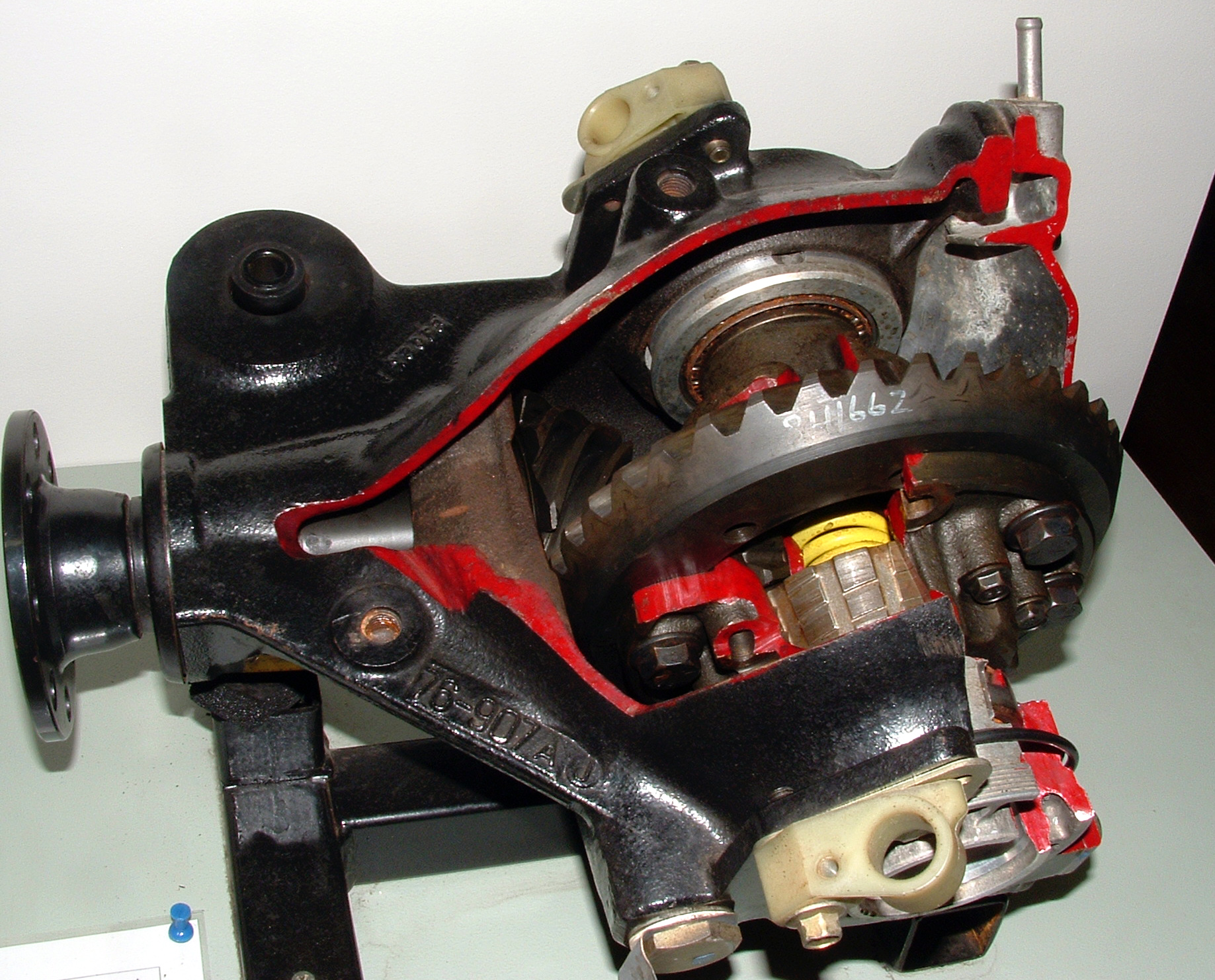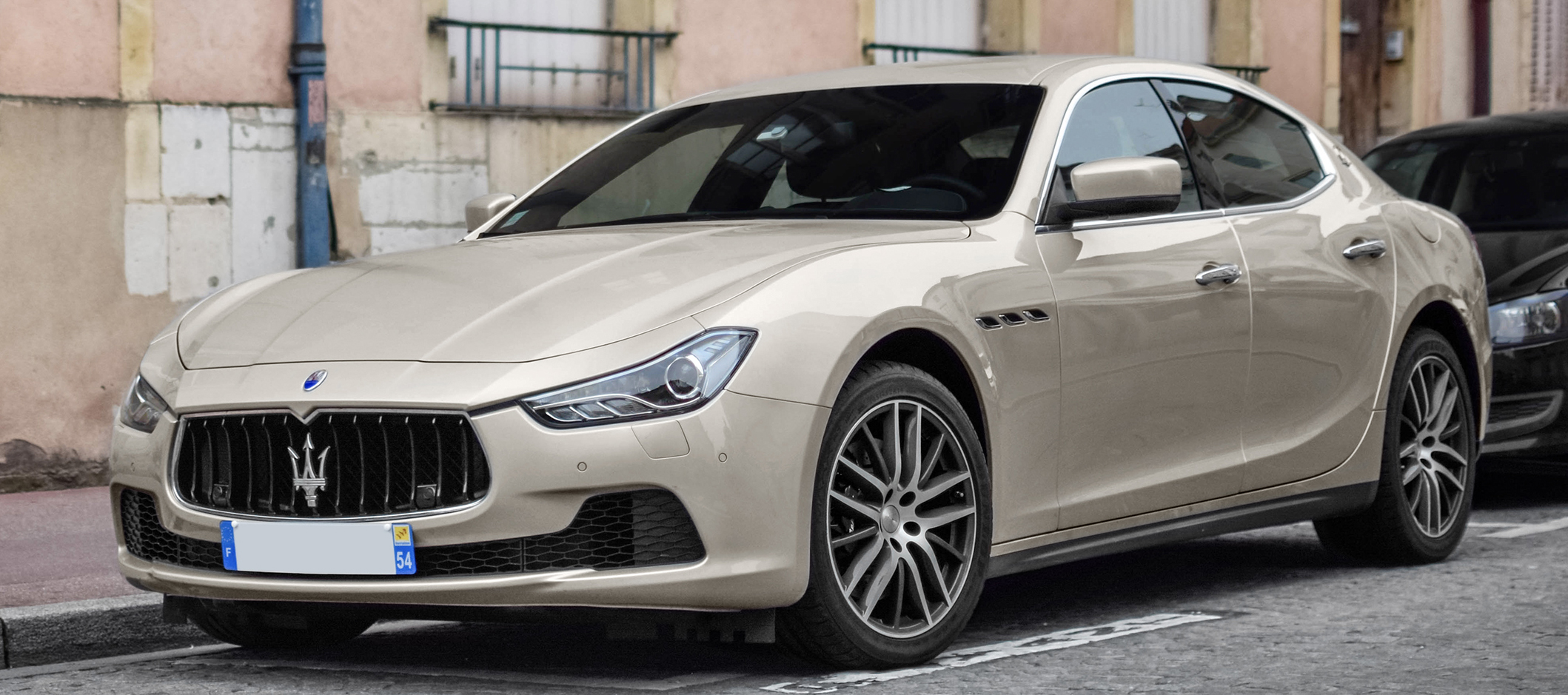|
Alfa Romeo Alfa 6
The Alfa Romeo Alfa 6 (Type 119) is a luxury executive car produced by the Italian automaker Alfa Romeo from 1979 to 1986. Its name refers to the six cylinders of the Alfa Romeo V6 engine, which made its first appearance on this car. History On its launch in 1979, the Alfa 6 was the flagship of the Alfa Romeo range. The four-door body was fairly conventional and used a similar style to the existing Alfa Romeo Alfetta, and in fact both vehicles share a great number of parts, including door panels; Design work on the 6 was done prior to the Alfa Romeo Alfetta, but the fuel crisis of 1973 delayed further development and led to the 6's belated 1979 debut. The styling was not particularly aerodynamic but the drag coefficient was a somewhat respectable 0.41. Power came from an all-new 2.5 V6 engine which generated at 5600 rpm using a total of six carburettors and a single, belt driven camshaft in each cylinder head. Power steering, power windows, central locking, electric wing mir ... [...More Info...] [...Related Items...] OR: [Wikipedia] [Google] [Baidu] |
Alfa Romeo
Alfa Romeo Automobiles S.p.A. () is an Italian luxury car manufacturer and a subsidiary of Stellantis. The company was founded on 24 June 1910, in Milan, Italy. "Alfa" is an acronym of its founding name, "Anonima Lombarda Fabbrica Automobili." "Anonima" means "anonymous", which was a legal form of company at the time ( Società anonima). In the initial set-up phase, in order to have a building to produce cars, the company bought the Portello factory building of Darracq in Milan, which was closing up and selling all its assets. The brand is known for sport-oriented vehicles and has been involved in car racing since 1911. Alfa Romeo was owned by Fiat Chrysler Automobiles, the company that was responsible for the production of Alfa Romeo cars until its operations were fully merged with those of the PSA Group to form Stellantis on 16 January 2021. The first car produced by the company was the 1910 24 HP, designed by Giuseppe Merosi. A.L.F.A. ventured into motor racing, with driv ... [...More Info...] [...Related Items...] OR: [Wikipedia] [Google] [Baidu] |
Automatic Transmission
An automatic transmission (sometimes abbreviated to auto or AT) is a multi-speed transmission used in internal combustion engine-based motor vehicles that does not require any input from the driver to change forward gears under normal driving conditions. It typically includes a transmission, axle, and differential in one integrated assembly, thus technically becoming a transaxle. The most common type of automatic transmission is the hydraulic automatic, which uses a planetary gearset, hydraulic controls, and a torque converter. Other types of automatic transmissions include continuously variable transmissions (CVT), automated manual transmissions (AMT), and dual-clutch transmissions (DCT). An electronic automatic transmission (EAT) may also be called an electronically controlled transmission (ECT), or electronic automatic transaxle (EATX). A hydraulic automatic transmission may also colloquially called a " slushbox" or simply a "torque converter", although the latter term c ... [...More Info...] [...Related Items...] OR: [Wikipedia] [Google] [Baidu] |
Straight-5
The straight-five engine (also referred to as an inline-five engine; abbreviated I5 or L5) is a piston engine with five cylinders mounted in a straight line along the crankshaft. Although less common than straight-four engines and straight-six engines, straight-five engines have occasionally been used by automobile manufacturers since the late 1930s, particularly the Mercedes Benz's diesel engines from 1974 to 2006 and Audi's petrol engines from 1979 to the present. Straight-five engines are smoother running than straight-four engines and shorter than straight-six engines. However, achieving consistent fuelling across all cylinders was problematic prior to the adoption of fuel injection. Characteristics Straight-five engines are typically shorter than straight-six engines, making them easier to fit transversely in an engine bay. They are also smoother than straight-four engines, and are narrower than V engines and flat engines. Engine balance and vibration Five-cylinder e ... [...More Info...] [...Related Items...] OR: [Wikipedia] [Google] [Baidu] |
Fuel Injection
Fuel injection is the introduction of fuel in an internal combustion engine, most commonly automotive engines, by the means of an injector. This article focuses on fuel injection in reciprocating piston and Wankel rotary engines. All compression-ignition engines (e.g. diesel engines), and many spark-ignition engines (i.e. petrol engines, such as Otto or Wankel), use fuel injection of one kind or another. Mass-produced diesel engines for passenger cars (such as the Mercedes-Benz OM 138) became available in the late 1930s and early 1940s, being the first fuel-injected engines for passenger car use. In passenger car petrol engines, fuel injection was introduced in the early 1950s and gradually gained prevalence until it had largely replaced carburettors by the early 1990s. The primary difference between carburetion and fuel injection is that fuel injection atomizes the fuel through a small nozzle under high pressure, while a carburettor relies on suction created by intake ai ... [...More Info...] [...Related Items...] OR: [Wikipedia] [Google] [Baidu] |
Robert Bosch GmbH
Robert Bosch GmbH (; ), commonly known as Bosch and stylized as BOSCH, is a German multinational engineering and technology company headquartered in Gerlingen, Germany. The company was founded by Robert Bosch in Stuttgart in 1886. Bosch is 92% owned by Robert Bosch Stiftung, a charitable institution. Although the charity is funded by owning the vast majority of shares, it has no voting rights and is involved in health and social causes unrelated to Bosch’s business. Bosch's core operating areas are spread across four business sectors: mobility (hardware and software), consumer goods (including household appliances and power tools), industrial technology (including drive and control) and energy and building technology. History 1886–1920 The company started in a backyard in Stuttgart-West as the ''Werkstätte für Feinmechanik und Elektrotechnik'' (''Workshop for Precision Mechanics and Electrical Engineering'') on 15 November 1886. The next year Bosch presented a low v ... [...More Info...] [...Related Items...] OR: [Wikipedia] [Google] [Baidu] |
Headlight
A headlamp is a lamp (electrical component), lamp attached to the front of a vehicle to illuminate the road ahead. Headlamps are also often called headlights, but in the most precise usage (language), usage, ''headlamp'' is the term for the device itself and ''headlight'' is the term for the light beam, beam of light produced and distributed by the device. Headlamp performance has steadily improved throughout the automobile age, spurred by the great disparity between daytime and nighttime traffic fatalities: the US National Highway Traffic Safety Administration states that nearly half of all traffic-related fatalities occur in the dark, despite only 25% of traffic travelling during darkness. Other vehicles, such as trains and aircraft, are required to have headlamps. Bicycle lighting, Bicycle headlamps are often used on bicycles, and are required in some jurisdictions. They can be powered by a battery (electricity), battery or a small generator like a bottle dynamo, bottle o ... [...More Info...] [...Related Items...] OR: [Wikipedia] [Google] [Baidu] |
Limited Slip Differential
A limited-slip differential (LSD) is a type of differential that allows its two output shafts to rotate at different speeds but limits the maximum difference between the two shafts. Limited-slip differentials are often known by the generic trademark Positraction, a brand name owned by General Motors. In an automobile, such limited-slip differentials are sometimes used in place of a standard differential, where they convey certain dynamic advantages, at the expense of greater complexity. Early history In 1932, Ferdinand Porsche designed a Grand Prix racing car for the Auto Union company. The high power of the design caused one of the rear wheels to experience excessive wheel spin at any speed up to . In 1935, Porsche commissioned the engineering firm ZF to design a limited-slip differential to improve performance. The ZF "sliding pins and cams" became available, and one example was the Type B-70 used during the Second World War in the military VWs ( Kübelwagen and Schwimmwa ... [...More Info...] [...Related Items...] OR: [Wikipedia] [Google] [Baidu] |
Power Windows
Power windows or electric windows are automobile windows which can be raised and lowered by pressing a button or switch, as opposed to using a crank handle. History Packard had introduced hydraulic window lifts (power windows) in fall of 1940, for its new 1941 Packard 180 series cars. This was a hydro-electric system. In 1941, the Ford Motor Company followed with the first power windows on the Lincoln Custom (only the limousine and seven-passenger sedans). Cadillac had a straight-electric divider window (but not side windows) on their series 75. Power assists originated in the need and desire to move convertible body-style tops up and down by some means other than human effort. The earliest power assists were vacuum-operated and were offered on Chrysler Corporation vehicles, particularly the low-cost Plymouth convertibles in the late 1930s. Shortly before World War II, General Motors developed a central hydraulic pump for working convertible tops. This system was introd ... [...More Info...] [...Related Items...] OR: [Wikipedia] [Google] [Baidu] |
Power Steering
A power steering is a mechanical device equipped on a motor vehicle that helps drivers steer the vehicle by reducing steering effort needed to turn the steering wheel, making it easier for the vehicle to turn or maneuver at lower speeds. Hydraulic or electric actuators add controlled energy to the steering mechanism, so the driver can provide less effort to turn the steered wheels when driving at typical speeds, and reduce considerably the physical effort necessary to turn the wheels when a vehicle is stopped or moving slowly. Power steering can also be engineered to provide some artificial feedback of forces acting on the steered wheels. Hydraulic power steering systems for cars augment steering effort via an actuator, a hydraulic cylinder that is part of a servo system. These systems have a direct mechanical connection between the steering wheel and the linkage that steers the wheels. This means that power-steering system failure (to augment effort) still permits the vehicle ... [...More Info...] [...Related Items...] OR: [Wikipedia] [Google] [Baidu] |
Camshaft
A camshaft is a shaft that contains a row of pointed cams, in order to convert rotational motion to reciprocating motion. Camshafts are used in piston engines (to operate the intake and exhaust valves), mechanically controlled ignition systems and early electric motor speed controllers. Camshafts in piston engines are usually made from steel or cast iron, and the shape of the cams greatly affects the engine's characteristics. History Trip hammers are one of the early uses of a form of cam to convert rotating motion, e.g. from a waterwheel, into the reciprocating motion of a hammer used in forging or to pound grain. Evidence for these exists back to the Han Dynasty in China, and they were widespread by the medieval period. The camshaft was described in 1206 by engineer Al-Jazari. He employed it as part of his automata, water-raising machines, and water clocks such as the castle clock. Once the rotative version of the steam engine was developed in the late 18th century, the ... [...More Info...] [...Related Items...] OR: [Wikipedia] [Google] [Baidu] |
Drag Coefficient
In fluid dynamics, the drag coefficient (commonly denoted as: c_\mathrm, c_x or c_) is a dimensionless quantity that is used to quantify the drag or resistance of an object in a fluid environment, such as air or water. It is used in the drag equation in which a lower drag coefficient indicates the object will have less aerodynamic or hydrodynamic drag. The drag coefficient is always associated with a particular surface area. The drag coefficient of any object comprises the effects of the two basic contributors to fluid dynamic drag: skin friction and form drag. The drag coefficient of a lifting airfoil or hydrofoil also includes the effects of lift-induced drag. The drag coefficient of a complete structure such as an aircraft also includes the effects of interference drag. Definition The drag coefficient c_\mathrm d is defined as c_\mathrm d = \dfrac where: * F_\mathrm d is the drag force, which is by definition the force component in the direction of the flow velocity; * ... [...More Info...] [...Related Items...] OR: [Wikipedia] [Google] [Baidu] |
Executive Car
Executive car is a British term for a large car which is equivalent to the European E-segment and American full-size classifications. Executive cars are larger than compact executive cars (and the non-luxury equivalent mid-size cars), and smaller than luxury saloons / full-size luxury sedans. The term has also been adopted by Euro NCAP, a European organization founded to test for car safety. Background The term was coined in the 1960s to describe cars targeted at successful professionals and middle-to-senior managers. It was used by businesses as an incentive for employees in senior roles and to exploit Britain and Europe's tax schemes as a company owned vehicle. Early executive cars typically offered engines with displacements of , compared with for an equivalent sized—but less luxurious—"large family car". Prior to the 1990s, executive cars were typically sedans, however in recent years they have also been produced in other body styles, such as estates ( station wag ... [...More Info...] [...Related Items...] OR: [Wikipedia] [Google] [Baidu] |








